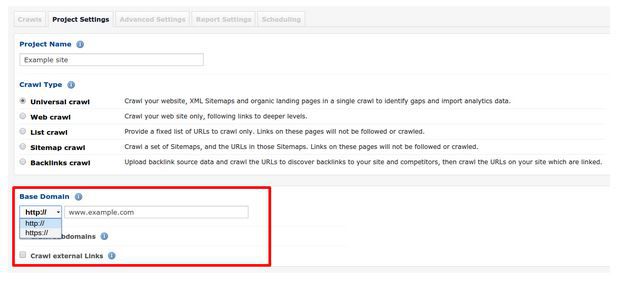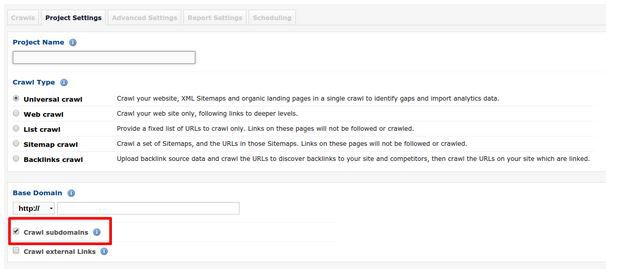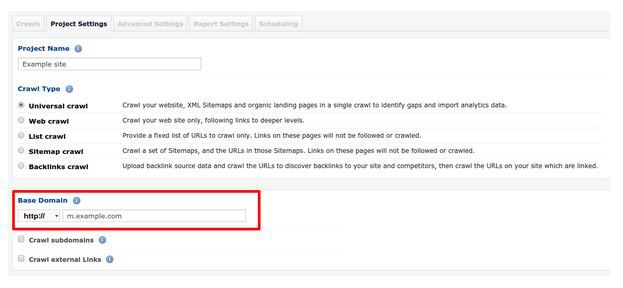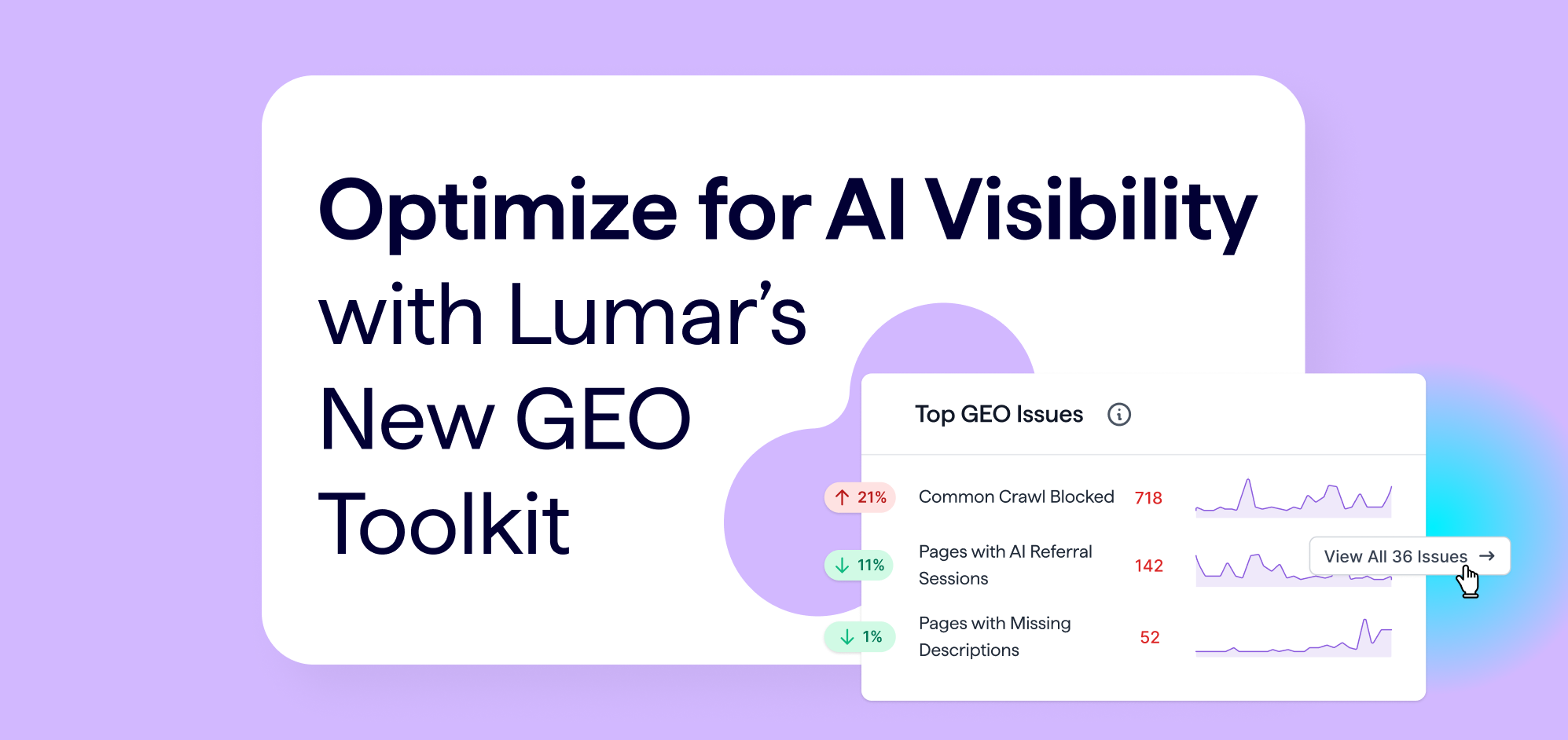Following on from our post on reaching URL design nirvana, we’re now dipping a toe into the murky world of domain design for SEO…
Domain options: avoiding duplicate content issues
www vs non-www
It’s best to 301 redirect to either www.domain.com or domain.com to avoid duplication issues. Even though they refer to the same URL, Google will treat the www and non-www versions as separate sites with identical content. To setup a redirect, use a rewrite rule in your .htaccess.
HTTP vs HTTPS
You may also need to set up various redirects from https:// or https://, again to avoid duplication issues as Google will treat them as two separate sites.
If you are launching a new site, or planning on changing your existing site’s domain or URL architecture anyway, you may want to consider using HTTPS as Google announced that HTTPS offers a slight ranking advantage in 2014.
However, It may not be worth the hassle to switch just to please Google, as the work and risks involved in migrating to HTTPS will probably outweigh the benefits of a slight ranking advantage, taking into account all of the other ranking signals involved in ranking a page against its competition. For more information, read our Zen Guide to HTTPS Configuration.
Domains, subdomains vs subdirectories for international SEO
You have three options for formatting URLs for different locations or languages:
- Use the region as a domain extension (eg. domain.co.uk)
- Use the region as a subdomain (eg. uk.domain.com)
- Use the region as a subdirectory (eg. domain.com/uk)
Generally speaking, there’s no real SEO advantage to using one of these over another: Google treats them the same and won’t give any direct ranking advantage to a specific setup.
There are differences with other tools, however. For example, Alexa only offers insights per domain, not per subdomain or subdirectory. So using one domain per country (e.g. domain.co.uk and domain.de) will allow you to track each site independently.
Exact-match domains and SEO: help or hindrance?
There has been much debate among SEOs about the use of exact-match domains (where the domain matches the keyword that the site is trying to rank for, for example tennis-shoes.com targets the key phrase ‘tennis shoes’) and whether their use is still a benficial SEO tactic, or whether there would actually be some negative effects incurred from using this tactic.
>John Mueller covered the subject in a recent Google Webmaster Hangout and explained that Google also takes the usual quality signals into account when it crawls exact-match domains (EMDs), so just the fact that a site uses one won’t be enough for that site to incur any positive or negative SEO effects, especially if the site is clearly a high or low-quality site.
There might be some indirect marketing benefits for using EMDs (ie. using keywords in the URL means the words are then highlighted and the user may be drawn to them because the site looks more relevant) that may then lead to better search performance, but this is only an indirect benefit and not an SEO one.
Domains, subdomains and subdirectories for branding
Using two or more separate sites/domains that have different branding and content, and that target different keywords, might be beneficial to some businesses with two or more very different audiences. For example, a survey company attracting businesses who need survey software and also people who want to complete surveys might find it useful to use separate domains with separate marketing strategies.
New top level domains (eg. example.london and example.technology) allow for greater freedom when choosing a domain, simply because there will be domains available that were previously taken up on .com, .org or .co.uk.
These new TLDs offer no extra SEO advantage (as confirmed by both Matt Cutts and John Mueller in December 2014). However, the more descriptive TLDs among these new releases do offer a branding advantage that could in turn offer an indirect SEO boost. For example, a wine bar in London could use .london as part of their URL to attract potential customers searching for wine bars in the area. Naturally your potential customers’ eyes could be drawn to the word London because it’s relevant to their query, and the extra click-throughs that you’ve attracted will then mean more search traffic, if not a direct ranking boost.
Managing domain duplication with DeepCrawl: useful settings
1. Set HTTP/HTTPS and www/non-www as your crawl’s primary domain
While setting up your crawl, amend the field and dropdown under Base Domain in Project Settings to reflect your choice of primary domain before you start a crawl. Your report will then highlight any issues with this setup:

2. Crawl Subdomains
Check the Crawl Subdomains option (under Project Settings) to include URLs on any subdomains that are discovered during the crawl in your report. You can do this in all crawl types including Universal Crawl, Backlinks Crawl and List Crawls:

3. Limit crawl to a subdomain
To limit your crawl to just one subdomain (which will be quicker than a full crawl, easier to identify any localized problems and also save credits) enter it in the Base Domain field in Project Settings before starting the crawl.
Here, we’re limiting the crawl to our mobile site which sits on a dedicated subdomain:




